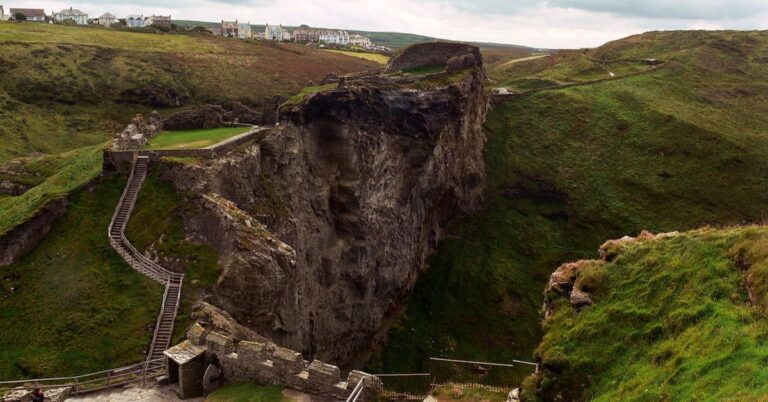An Amateur Archeologist Challenges Centuries-Old Narrative About The “Lost” Roanoke Colony

In 1587, over 100 English settlers established a colony on the island of Roanoke, which is off the coast of present-day North Carolina. Led by Governor John White, the group included men, women, and children hoping to build a new life in the Americas.
Later, when White went to England for supplies, political turmoil delayed his return for three years. Upon his arrival back in 1590, the colony had vanished without a trace, and the only clue was a small word, “CROATOAN,” carved into a post.
A New Lead From An Amateur Historian

For centuries, theories about the fate of the Roanoke colonists have ranged from violent conflict to assimilation with local tribes. Now, Scott Dawson, a local author and amateur archeologist, claims to have found physical evidence that may finally provide some answers.
His discovery centers on Hatteras Island, home to the Croatoan people, where Dawson has conducted years of excavation alongside a team of experts and volunteers.
Hammerscale Being An Important Clue

Among the most compelling discoveries from Dawson’s digs is the presence of “hammerscale”—tiny iron flakes created during blacksmithing. This material is unlikely to be naturally occurring and strongly suggests that European settlers practiced ironworking on the island.
The discovery of hammerscale points to sustained activity rather than a brief stopover. It suggests that at least some of the Roanoke colonists integrated with the Croatoan people, setting up a forge and continuing aspects of their European lifestyle within a new cultural setting.
Cultural Exchange And Coexistence

Other findings on Hatteras Island include items like copper rings and English-style pottery mixed with Native American artifacts. Such a blend of cultures supports the idea of coexistence rather than conflict. Oral histories from the Croatoan tribe also mention ancestors with gray eyes, which is another piece of anecdotal evidence that aligns with Dawson’s theory.
Rather than facing extinction, the colonists may have found refuge with the Croatoans and gradually assimilated into their society.
A Mystery Nearing Resolution?

While Dawson’s findings aren’t yet definitive, they represent the most substantial archeological evidence to date supporting the theory that the Lost Colony lived on through cultural integration. Academic archaeologists are calling for peer-reviewed studies and further excavations to confirm the claims, but interest in his work continues to grow.
If proven true, this discovery could rewrite a chapter of early American history. Moreover, the tale of Roanoke may not be one of disappearance but of adaptation and unity between disparate peoples during one of history’s most uncertain times.





